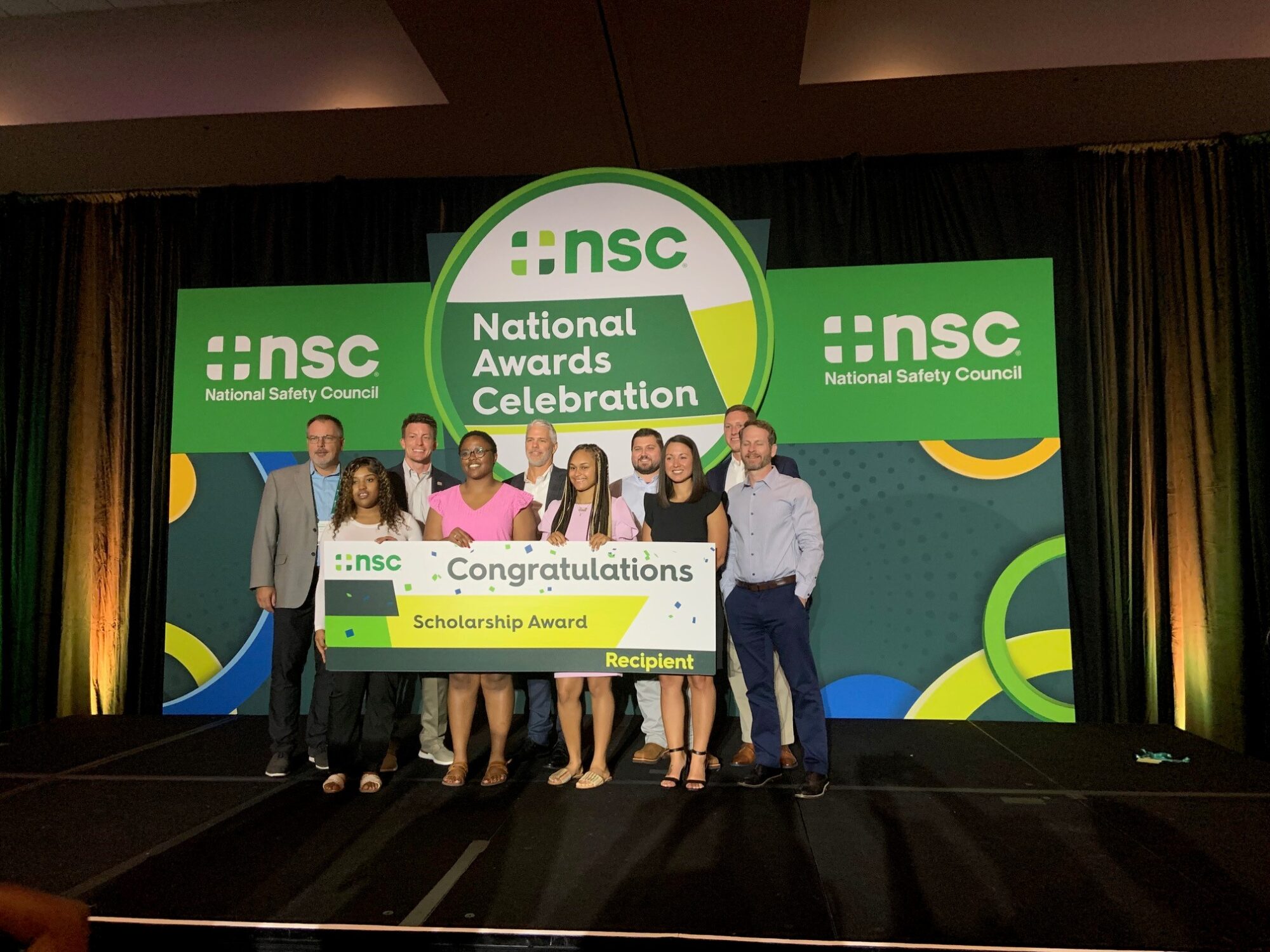By Mallory Arnold
The catch phrase of the post-quarantined workforce seems to be, “work where you are most effective” – meaning effectiveness can happen anywhere, whether the employee is working from home, a coffee shop, or the office.
This phrase perfectly captures the value Americans place on individualistic culture over the collective culture. Replace the word you with your organization and you get, “work where your organization is most effective.” Individual effectiveness should not be at the expense of the organization. Organizations are a collective culture, a team of teams. Greater value should always be placed on the teams’ effectiveness over the individuals.
However, the American workforce is changing. And it was happening well before the pandemic. The pandemic just magnified an already changing dynamic in the way Americans work. Even before COVID’s Great Resignation, there was the rise of the Gig Economy triggered by declining dynamism is the U.S. labor market. People are fundamentally thinking differently about how they want to manage their lives, schedules, and work.
According to a study by McKinsey, approximately 20% of the workforce could work remotely three to five days a week as effectively as they could if working from an office. The study goes on to analyze work production by the activities with the highest potential for remote work and the lowest potential for remote work. Not surprisingly, the tasks with the highest potential for remote work included online seminars and interaction with computers, whereas jobs requiring collaboration with physical products and people offered the least opportunity for remote work.
Strengths, Weaknesses, Opportunities, and Threats. In business school we are taught to turn weaknesses into strengths and threats into opportunities. The pandemic has certainly provided a serious threat to ‘Business As Usual,’ but it has also granted businesses the opportunity to quantifiably measure team productivity in a way that is unbiased by a mere physical presence at an office. Measuring organizational effectiveness often comes down to production. What is effectiveness if not the ability to successfully produce?
Authenticity. Businesses should not lament the perceived loss of team culture in a virtualized environment. The pandemic has given teams a truer view into the individual’s authentic selves thereby increasing our empathy and willingness to support the greater team. There are many best practices available for building remote teams for a distributed workforce.
A great equalizer. Remote work has become a great equalizer in some ways because now both organizational and individual effectiveness are measured by productivity. Work is about production. Employees cannot hide a lack of productivity behind the water cooler anymore. Unconscious biases (age, gender, race, attractiveness, or even perceived dedication) that may arise merely from an employee’s physical presence at work are minimized in a virtual environment.
Right size team efforts. A remote workforce allows leaders to focus the team on what is strategically important. We have the opportunity to rebalance the “20% of the workforce who perform 80% of the effort” and have fair production across the team.
Make the most of in-person engagements. Offsites, teambuilding exercises and in-person training are more fruitful now because the team makes the most of limited time spent face to face. Quality over quantity means less frequent, but more impactful face to face time.
Utilize technology. Business can take advantage of monitoring technology which provides metrics on when employees start work, how much time they spend on given tasks, or how much time their computer is idle. These tools can provide better insights into employee performance or how productive each employee is.
Independent consultants. IRS data on the number of issued W-2 and 1099-MISC forms can illuminate the changing nature of the American workforce. There has been a significant increase in the percentage of 1099-MISC issued since the year 2000. And contrary to popular belief, this is not due to the gig economy. The significant rise in the 1099 workforce began nearly a decade before Uber was founded in 2009 and Airbnb was founded in 2008. According to an article published by the Mercatus Center of George Mason University, this trend has been happening due to declining dynamism, or decreasing rates of gross job gains and losses, in the U.S. labor market.
In closing, Corporate America must adapt to the Me vs. We, while still maintaining a competent, productive workforce and a culture that attracts the top candidates. Remote work provides several opportunities that can enhance effectiveness and productivity.










